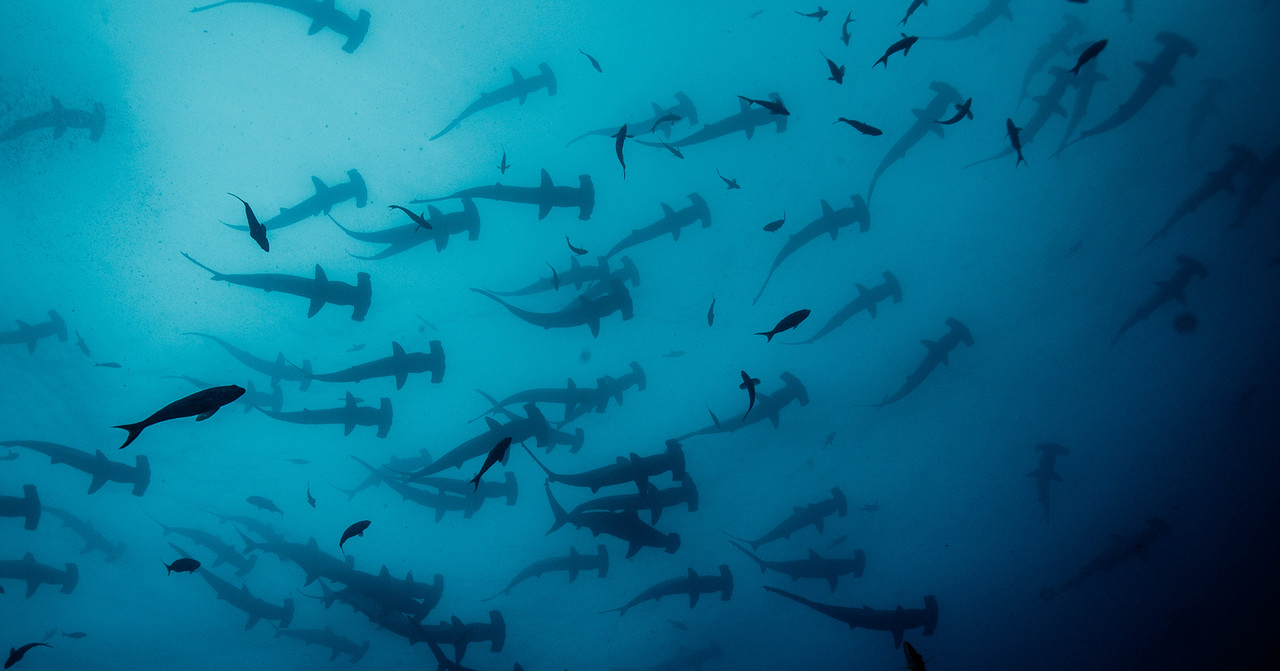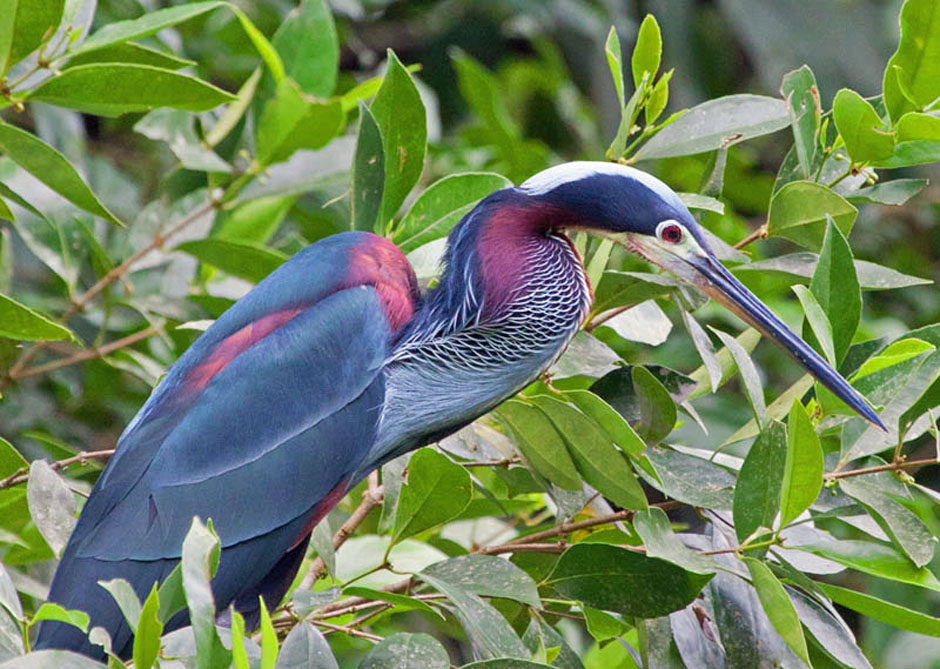Cocos Island Dive Liveaboard
Costa Rica
US$5,549
Costa Rica is often considered to be the birth place of 'ecotourism'. Loose as this term may be, nature and wildlife are duly recognised as national assets by the Costa Rican government, as well as whole host of international ngo's and private conservation initiatives. The result is one of the best networks of protected wilderness areas where wildlife reaches intensities that are difficult to match.
About ¼ of Costa Rica is conserved in some way and the diversity of habitats and scenery within such a small area is quite startling. Between its Pacific and Caribbean coasts, the Central Highlands is a back bone of mountains punctuated by active volcanoes from which rushing rivers feed its cloud forests, dry forests and lowland tropical rainforests. This complicated mix of terrain has encouraged an incredible diversity of mammals, birds, insects and plants; ideal for both a focused nature lover led by an expert local guide, and the pursuit of 'great outdoors' exploration through hiking, biking, rafting, kayaking, horseback riding and zip lining through the forest canopy.

For lowland rainforest, the Corcovado National Park in Costa Rica’s far south west is unparalleled for opportunities to see wildlife, birdlife and marine life. Howler monkeys, tapir, coatimundis and scarlet macaws are all regularly seen here, within the forest and on the beaches themselves.
17 kilometres from the coast, close to Osa's northern Drake's Bay, is the Caño Island Biological Reserve. Here you will find some of the country's best marine life, both at the surface and below it. Dolphins are almost a daily sight and the season for visiting humpback whales is the longest of anywhere in the world. The Bat and Catalinas islands and near shore Gulf of Papagayo, are the diving highlights the northern Pacific, renowned for manta rays, bull sharks and on occasion, thousands of golden cow-nosed rays. 550km offshore is Cocos Island, which is one of the best dive locations on the planet and legendary for is huge schools of fish, hammerheads and other sharks..

On the Caribbean coast you can explore a vast network of natural and man-made waterways within the Tortuguero National Park. Tortuguero is famous not only for its abundant forest life, but the hundreds of Green Turtles that visit its beaches each year to lay their eggs. This is the most important nesting site for these turtles in the Western Hemisphere.
For a unique insight into wildlife and conservation on the central Caribbean coast, we can give you behind the scenes access to a rainforest and Giant Leatherback Turtle conservation project. Since the year 2000, the team at Aqua-Firma has been active in the management and fundraising of this project which is owned by the Endangered Wildlife Trust, in partnership with Rainforest Concern. Whilst Tortuguero is the best place to see Green Turtles, the Pacuare Reserve is one of the best to see Leatherbacks, as well as an abundance of monkeys, 'poison arrow' frogs, and rare avian visitors such as the Boat Billed Heron and the Agami Heron.

Whilst the experiences featured above provide what we feel are some of the best experiences the country has to offer, it is impossible to see all of Costa Rica in one visit. We can adjust any itinerary to incorporate other areas besides. Please Contact Us to discuss and browse our Guide to the National Parks and Reserves of Costa Rica. This is a small country so it is relatively easy to combine your trip with the best of its less visited neighbours, Nicaragua and Panama.